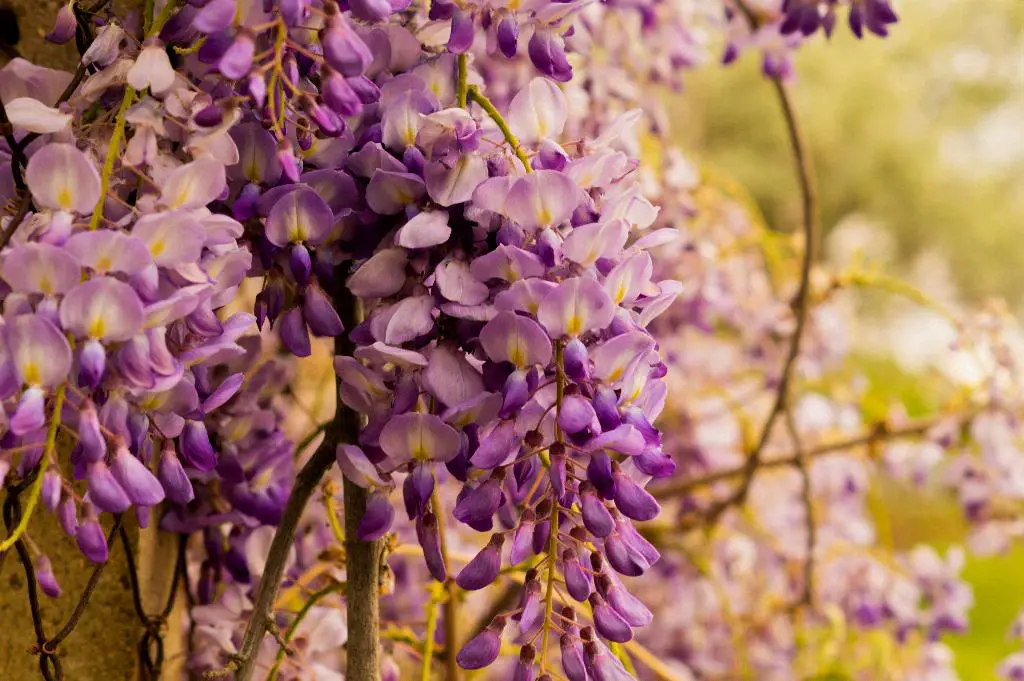Wisteria plants are known for their stunning, cascading blooms that add beauty and elegance to any garden. However, there are times when your wisteria may refuse to bloom, leaving you wondering what went wrong. In this article, we will delve into the reasons why your wisteria might not be blooming as expected and provide you with practical solutions to encourage blooming.
Understanding the Blooming Process of Wisteria
To comprehend why your wisteria is not blooming, it is essential to understand the blooming process of these enchanting vines. Wisteria typically bloom in the late spring to early summer, producing clusters of fragrant flowers in shades of purple, blue, pink, or white. Flower buds usually form in the previous year, and factors such as weather conditions, pruning practices, and soil quality can impact the blooming cycle.
Common Reasons for Wisteria Not Blooming
There are several common reasons why your wisteria might be failing to bloom. Sharp spring frosts can cause flower buds to drop prematurely or lead to deformed flowers. Insufficient sunlight, excessive shade, or poor soil quality can also hinder blooming. Furthermore, inadequate potassium levels in the soil may contribute to poor flowering.
Providing Optimal Conditions for Wisteria Blooming
To encourage your wisteria to bloom, ensure it receives an ample amount of sunlight, ideally at least six hours of direct sunlight per day. Plant wisteria in well-draining soil rich in nutrients, such as compost or organic matter. Consider applying sulphate of potash in the spring to boost potassium levels, promoting healthy flower development.
Pruning Techniques for Improving Wisteria Blooms
Pruning plays a crucial role in enhancing wisteria blooms. Prune your wisteria regularly to maintain its shape and promote flowering. Remove dead or damaged wood, trim back excessive growth, and prune side shoots to encourage the development of flower buds. Proper pruning can help rejuvenate your wisteria and stimulate blooming.
Additional Tips for Encouraging Wisteria Blooming
In addition to providing optimal growing conditions and practicing proper pruning, there are other tips to enhance wisteria blooming. Avoid over-fertilizing, as excessive nitrogen can promote leafy growth at the expense of flowers. Consider using a phosphorus-rich fertilizer to support blooming. Regularly water your wisteria during dry spells to prevent stress and promote healthy flower production.
Conclusion and Recap of Key Points
In conclusion, understanding the reasons behind your wisteria’s lack of blooming is crucial to address the issue effectively. By providing optimal growing conditions, practicing suitable pruning techniques, and following additional tips, you can encourage your wisteria to bloom vibrantly. With patience and proper care, your wisteria will reward you with a spectacular display of flowers that will brighten your garden and delight your senses.

